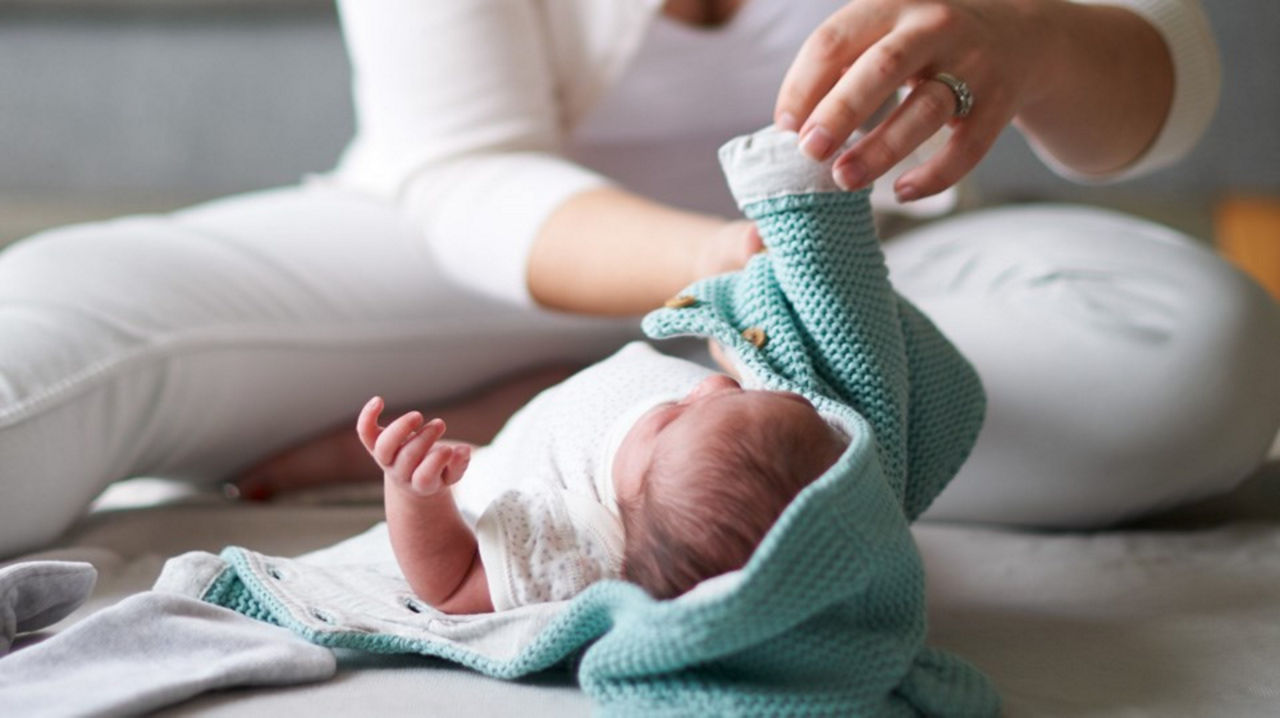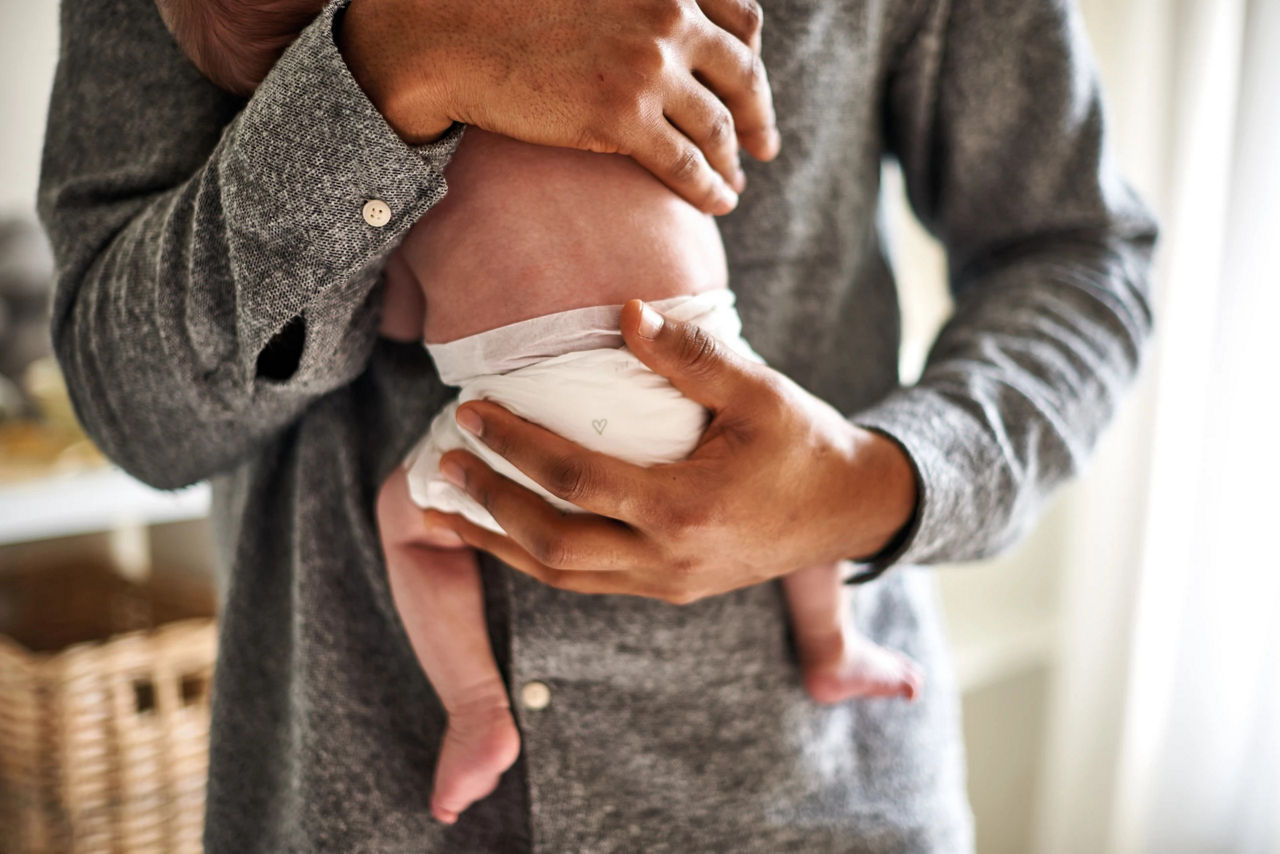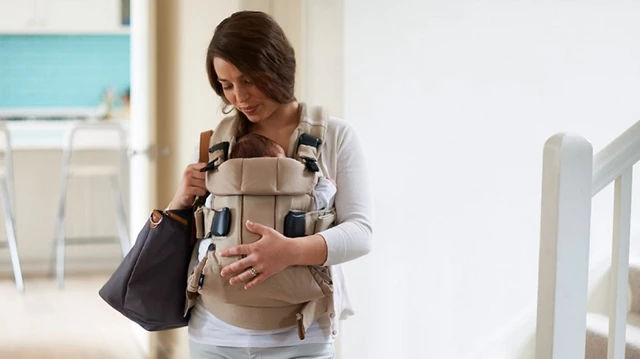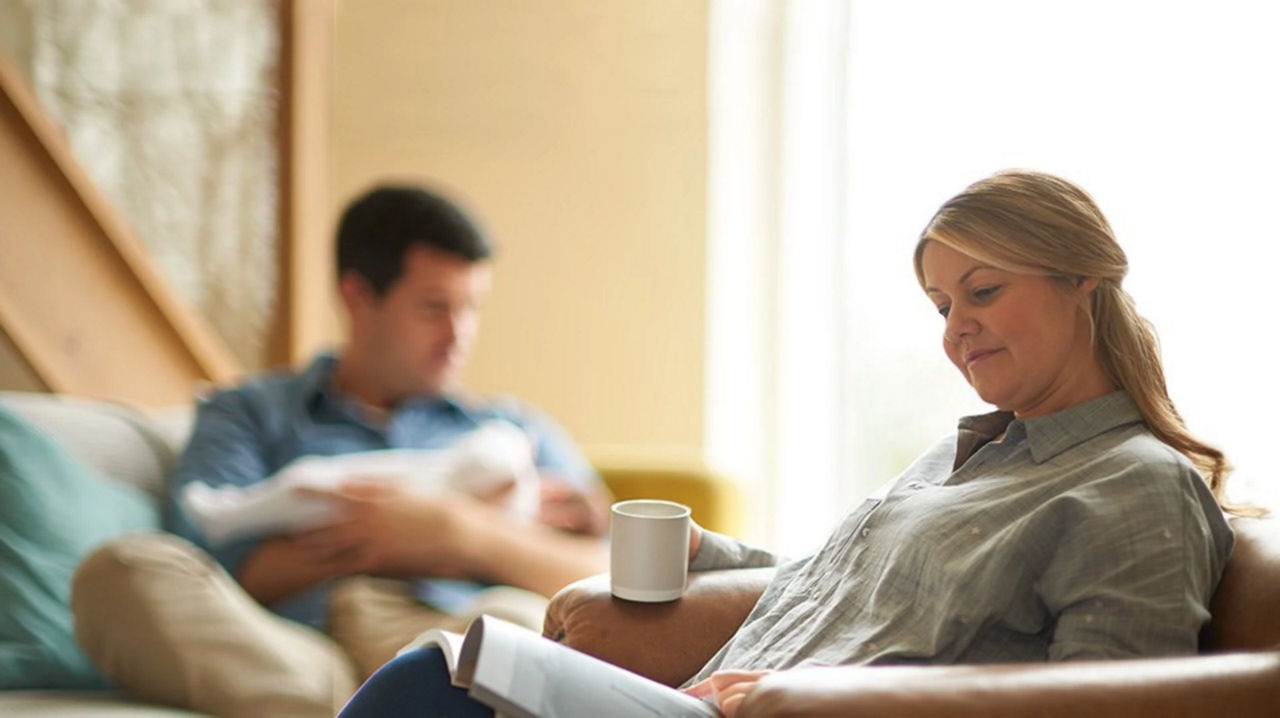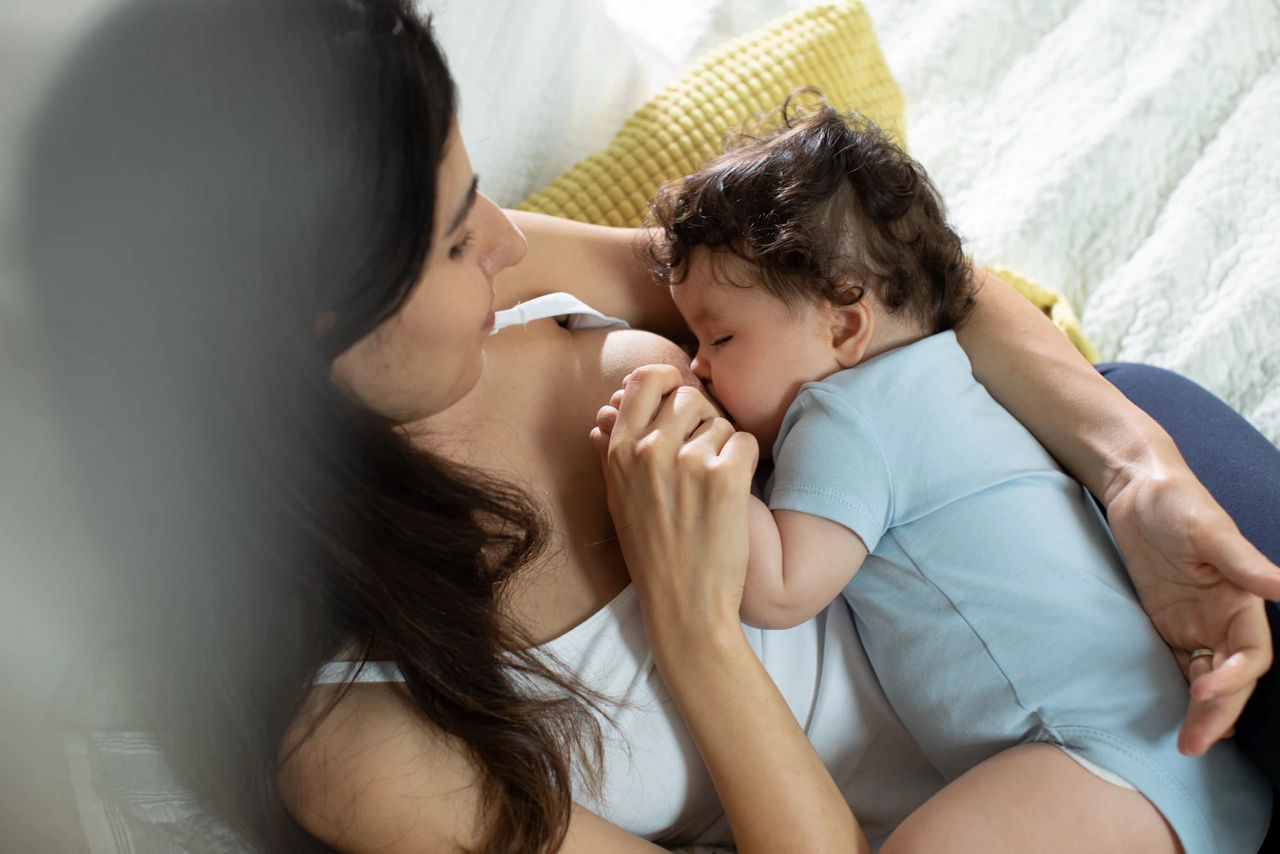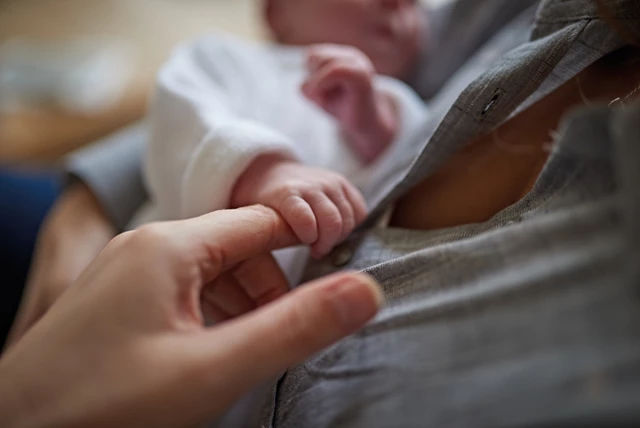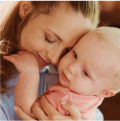Summary
Although it’s easy to get carried away with all those cute baby clothes, dressing a newborn is about practicality rather than style. Simple babygrows with stretchy ‘envelope’ necks are easiest to get on and off a wriggling baby. This is our guide to the essentials.

